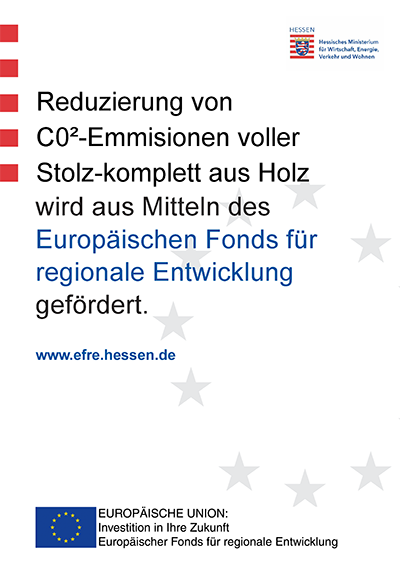Pest Control Clause in Rental Agreement
Pest Control Clause in Rental Agreement: Everything You Need to Know
Pests like rodents, insects, and other critters can be a major nuisance for tenants, causing damage to the property and spreading diseases. As a result, landlords often include a pest control clause in their rental agreements to ensure that both parties are aware of their responsibilities in controlling pests.
In this article, we will discuss what a pest control clause is, its importance, and how to include it in a rental agreement.
What is a Pest Control Clause?
A pest control clause is a clause in a rental agreement that outlines the responsibilities of both the landlord and tenant in controlling pests. This clause can include various provisions, such as who is responsible for pest control services, how often they should be performed, and who will pay for them.
Why is a Pest Control Clause Important?
A pest control clause is important because it clarifies the responsibilities of both the landlord and the tenant. Without a clear agreement, disputes can arise regarding who is responsible for pest control services and who should pay for them. By outlining these responsibilities in advance, both parties can avoid any misunderstandings and potential legal issues.
What Should be Included in a Pest Control Clause?
A pest control clause should include the following information:
1. Who is responsible for pest control services
This provision should clarify whether the landlord or the tenant is responsible for arranging and paying for pest control services.
2. How often pest control services should be performed
The frequency of pest control services should be outlined in the agreement to ensure that pests are controlled on a regular basis.
3. Who should pay for pest control services
If the landlord is responsible for arranging pest control services, the clause should specify whether the cost will be included in the rent or if the tenant will need to pay separately.
4. What kind of pests are covered
The clause should specify which pests are covered under the agreement, such as rodents, insects, or other pests.
5. What steps the tenant should take to prevent infestations
The clause should outline the steps that the tenant should take to prevent pest infestations, such as keeping the property clean and reporting any potential pest problems immediately.
How to Include a Pest Control Clause in a Rental Agreement?
To include a pest control clause in a rental agreement, follow these steps:
1. Consult with a pest control professional
Before drafting a pest control clause, it is recommended that landlords consult with a pest control professional to determine what types of pests are most common in the area and what steps can be taken to prevent infestations.
2. Draft the pest control clause
Once the landlord has a clear understanding of the responsibilities of both parties, they can draft the pest control clause. This can be done using a template or with the assistance of a lawyer.
3. Review and sign the rental agreement
After the pest control clause has been drafted and reviewed, both parties should sign the rental agreement. It is important to ensure that both the landlord and tenant fully understand their responsibilities regarding pest control.
Conclusion
In conclusion, a pest control clause is an essential provision in a rental agreement that outlines the responsibilities of both the landlord and tenant in controlling pests. By including this clause, both parties can avoid any misunderstandings and potential legal issues. If you are a landlord, be sure to include a pest control clause in your rental agreements to protect your property and ensure the safety and comfort of your tenants.
